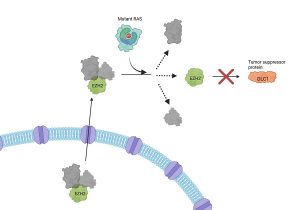If Rollbacks Go Forward, Up To 14 Million Children Could Become Ineligible For Public Or Subsidized Coverage By 2019 [Web First]
In spring 2015 Congress passed legislation to extend funding for the Children’s Health Insurance Program (CHIP) through the end of fiscal year 2017. This two-year extension pushes to 2017 the question of whether CHIP funding will end, allowing states to end their separate state CHIP programs. Also, when the Affordable Care Act’s maintenance-of-effort requirements expire after 2019, states will be allowed to roll back Medicaid- and CHIP-eligibility thresholds to minimum levels allowed by federal law. This study investigated the potential health insurance options available to low-income children if these events happen. If all states roll back coverage to federal statutory minimums, then, among children in families with incomes up to 400 percent of the federal poverty guidelines, the share ineligible for public coverage or subsidized
In spring 2015 Congress passed legislation to extend funding for the Children’s Health Insurance Program (CHIP) through the end of fiscal year 2017. This two-year extension pushes to 2017 the question of whether CHIP funding will end, allowing states to end their separate state CHIP programs. Also, when the Affordable Care Act’s maintenance-of-effort requirements expire after 2019, states will be allowed to roll back Medicaid- and CHIP-eligibility thresholds to minimum levels allowed by federal law. This study investigated the potential health insurance options available to low-income children if these events happen. If all states roll back coverage to federal statutory minimums, then, among children in families with incomes up to 400 percent of the federal poverty guidelines, the share ineligible for public coverage or subsidized Marketplace coverage would increase from 22 percent in 2014 (12.5 million children) to 46 percent after 2019 (26.5 million children). While not all states are likely to reduce eligibility to federal statutory minimums, these estimates highlight the fact that many children who do lose public eligibility will not become eligible for subsidized Marketplace coverage.
SOURCE: Health Affairs current issue – Read entire story here.








